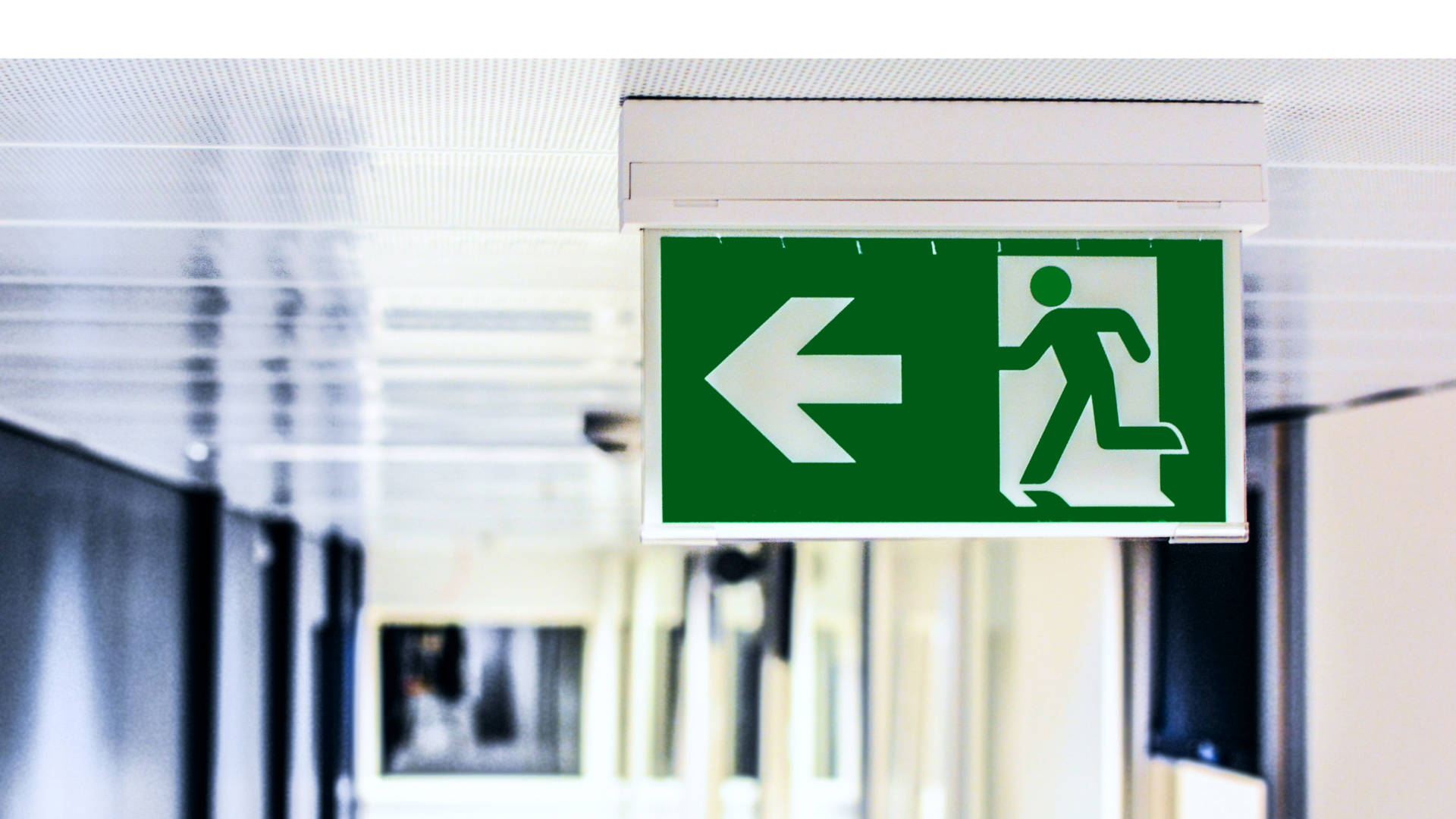
Fire Safety
Latest
-
Today, Thursday 24 April, UK Finance has published an update to the current lender statement on cladding. This update covers:
- Reliance in the mortgage journey on EWS1 forms more than five years old; and
- The scenario of an EWS1 form in the mortgage journey by an invalid signatory
Leaseholders and prospective buyers will now have more clarity on purchasing homes with building safety issues, following a key update from mortgage lenders and the Royal Institution of Chartered Surveyors (RICS) regarding EWS1 forms.
To read the UK Finance lender statement update in full CLICK HERE
-
The Ministry of Housing, Communities and Local Government (MHCLG) has released an updated version of Approved Document B (Fire safety) for both Volume 1 (Dwellings) and Volume 2 (Buildings other than dwellings) of the Building Regulations. These consolidated versions incorporate the 2019 edition with the 2020 and 2022 amendments, as well as the upcoming amendments for 2025, 2026, and 2029 - access them here.
The updated documents use a colour-coding system to indicate when amendments take effect:
Blue: 2025 amendments (effective March 2, 2025)
- Focus on Regulation 38 and fire safety information
- Removal of national classes for reaction to fire and roofs
- New provisions for sprinklers in care homesPurple: 2026 amendments (effective September 30, 2026)
- Recommendation for multiple common stairs in blocks of flats 18m or taller
- Building design provisions to support evacuation lifts in blocks of flatsOrange: 2029 amendments (effective September 2, 2029)
- Removal of national classes for fire resistanceThese changes, were first announced in a parliamentary statement on September 2, 2024
- Fire Safety
-
The Home Office has published its post-consultation response to the Emergency Evacuation Information Sharing Plus consultation.
The Minister of State, Rt Hon Dame Diana Johnson DBE MP, said:
"We will move to lay Regulations to deliver the Residential PEEPs policy. Our engagement with key stakeholders, including disability stakeholder organisations, will continue, to help to ensure a smooth road to implementation, including the production of supporting guidance that will sit alongside the Regulations."
You can read the full response here
- Fire Safety
-
On 2 December 2024, the government published its plan for increasing the pace of remediation for buildings in England with unsafe cladding.
The plan consists of a number of measures to:
- fix buildings faster
- identify buildings at risk more quickly
- support residents and leaseholders
Access the full collection of documents and supporting policy papers here
- Building Remediation
-
A new alert from CROSS UK draws attention to the safety risks associated with preventing the operation of smoke vents, in particular Automatic Opening Vents (AOVs), by construction works on existing buildings.